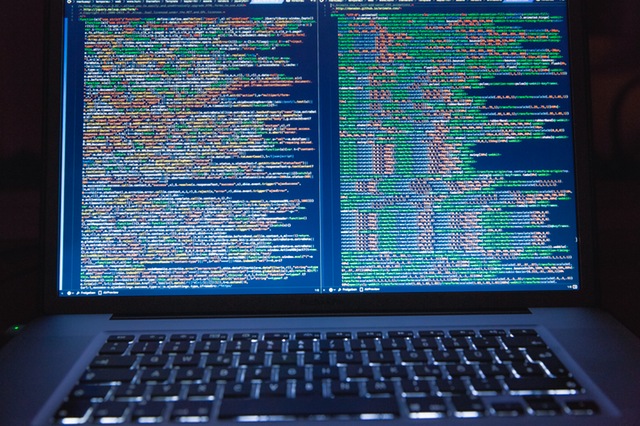The war against cybercrime is ongoing, and both sides are giving it all they’ve got. Cybercriminals are getting smarter and finding new ways to penetrate data networks and steal information. Defenders and security companies are also desperately trying to keep up with the new kind of attackers. The landscape is changing so quickly that it might be challenging to keep track. To keep you up to date, we’ve assembled a couple of trends you can expect within the next couple of years. Some of them are already in motion.

AI and machine learning will be the cornerstones of cybersecurity.
The fact that machines can now learn and adapt to changing circumstances without being specifically programmed gives defenders an incredible edge over hackers. In fact, AI/ML will make the job of defending systems much easier and much more scalable.
AI is currently being used by eight out of ten cybersecurity professionals in the United States, and three out of ten rely on it entirely. ML can detect incidence and respond to it. It can also identify and mitigate risks to the system much better than any other system currently available. As we move forward, it’s not difficult to see how AI/ML will champion cybersecurity efforts worldwide.
Threats are creating new opportunities for security organizations.
This isn’t news since new IT companies spring up every day to battle the growing threats. However, a unique opportunity lies in Europe. The General Data Protection Regulation (GDPR), in 2018, declared that the personal information of every citizen of the European Union must be protected. The fines to companies for failing to comply can gross be up to 20 million euros.
Unfortunately, most multinationals are still very far from achieving this goal, and this is where the opportunity lies for IT companies. They will have to reconsider what they know about customer information, including how it’s retrieved, used, stored, and deleted. If they don’t do this, they may never get the edge they need.
The mandate also forces marketing groups to reconsider their strategies on how they collect user information. While there may be undesirable pressure on companies, users’ information is about to become much more protected, and IT companies are going to profit from it.
Hackers will have to find new attack vectors.
This comes as both good news and bad news. The good news is that the average ransom amount from Ransomware dropped from $1,071 to $522 in 2017. This is, in part, due to the increase in IoT devices. To be sure, more devices mean more entry points. But then, it also means a diluted effort. This is why hackers are very likely to shift their focus to mobile phones.
Statistics show that in 2018, seven out of ten fraudulent transactions originated from mobile phones. An easy way to mitigate a threat like this is to use secure payment channels like paymentcloud virtual terminal. However, a bigger threat is still at large. Most of our activities are done on our phones, which means that a breach of security can lead to devastating consequences for everyone.
The investments in cybersecurity are higher than they’ve ever been.
Investments in cybersecurity measures like software, services, and even hardware are expected to hit an all-time high of $103 billion. If anything, this is comforting news. It means organizations are aware of the threats and are doing something about it. Three industries are expected to spend the most on cybersecurity — discrete manufacturing, banking, and the federal government. Even individual investments are likely to increase, with respect to purchases and subscriptions to security software and password managers.











